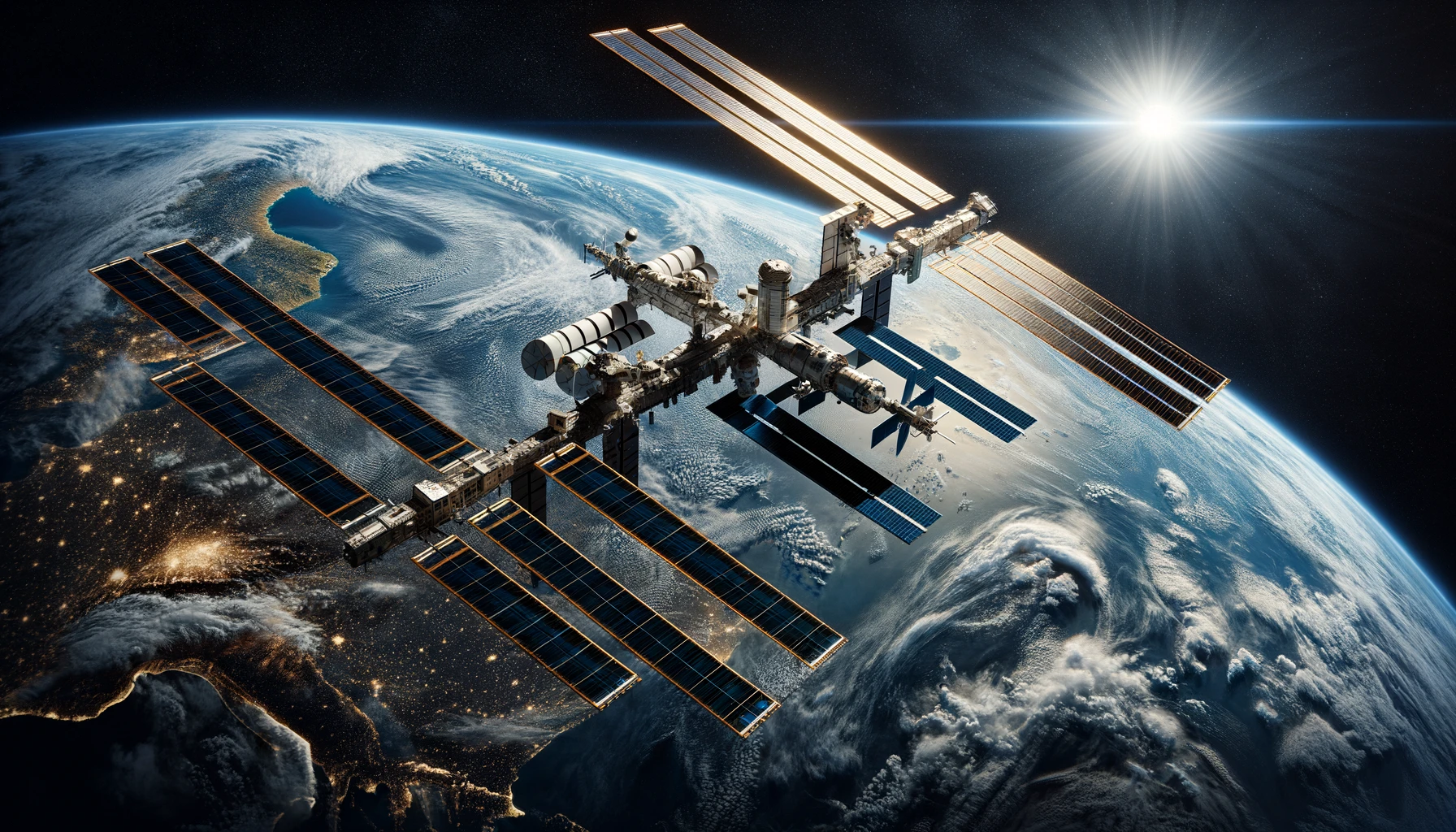In a remarkable feat of science and technology, NASA‘s Plankton, Aerosol, Cloud, ocean Ecosystem (PACE) mission marks a significant milestone in Earth observation. Launched in February 2024 from Cape Canaveral Space Force Station, PACE reached low-Earth orbit in just 13 minutes, but its journey from concept to orbit spans over two decades. This mission leverages advanced instruments developed by a dedicated network of scientists across NASA and global research institutions, illuminating our understanding of Earth’s ocean and atmospheric interactions with unparalleled clarity.
What Historical Advances Made PACE Possible?
The foundation for PACE’s success was laid in the early 2000s with the development of the Ocean Radiometer for Carbon Assessment (ORCA) by NASA’s Goddard Space Flight Center. This instrument, which evolved into PACE’s Ocean Color Instrument (OCI), demonstrated groundbreaking capabilities in hyperspectral imaging. A subsequent collaboration with the University of Maryland, Baltimore County, led to the creation of the Hyper Angular Rainbow Polarimeter (HARP), enhancing the mission’s aerosol measurement capabilities. These technological advancements, supported by NASA’s Earth Science Technology Office (ESTO), were crucial in equipping PACE with its sophisticated observational tools.
How Did PACE’s Instruments Achieve Technological Readiness?
The pathway to PACE’s technological maturity involved rigorous testing and development of ORCA and HARP, setting high standards in technological readiness. ORCA’s success in earlier tests set the bar for its integration into PACE, while HARP’s adaptations from airborne and CubeSat applications to space readiness underscored the mission’s innovative approach to instrument development. These efforts ensured that PACE was equipped not just with functioning tools but with the most advanced technology tailored for detailed Earth observation.
What Impact Will PACE Have on Earth Science?
PACE stands to revolutionize our understanding of Earth’s ecosystems. Researchers, like oceanographer Jessie Turner from the University of Connecticut, anticipate new insights into phenomena such as algal blooms and water clarity. The integration of PACE data with existing models promises to enhance environmental monitoring and management, providing invaluable resources for scientists and policy-makers alike. This mission thus not only extends our scientific knowledge but also enhances our capacity to make informed decisions about environmental stewardship.
Reflecting over the past contributions to space technology, a similar mission by NASA, documented in ‘New NASA Satellite To Unravel Mysteries About Clouds, Aerosols’ from NASA’s website, shares insights into the development of satellite technology for studying atmospheric particles. These continuous advancements highlight NASA’s commitment to understanding Earth’s changing environment. Additionally, the scientific paper ‘Advances in Atmospheric Measurement Techniques’ from the Journal of Atmospheric Sciences discusses recent innovations in measurement technologies that complement the data gathered by missions like PACE, underscoring the synergy between satellite missions and atmospheric science.
Key Insights from PACE:
- Enhanced monitoring of ocean and atmospheric parameters.
- Improved understanding of climate phenomena like algal blooms.
- Potential for better environmental policy formulation.
As PACE continues its orbit, the rich data it provides will be crucial in understanding the intricate balance of Earth’s ecosystems. This mission exemplifies how persistent innovation and collaboration in space technology can lead to significant scientific advancements. With each orbit, PACE not only gathers more data but also offers more insights, ensuring that each discovery paves the way for future explorations and an enhanced understanding of our planet.










